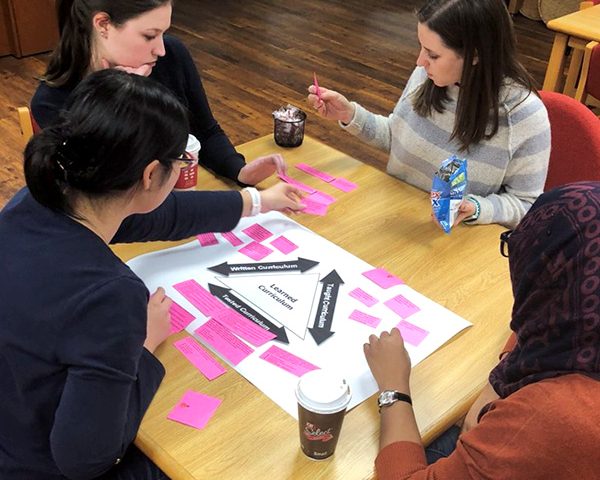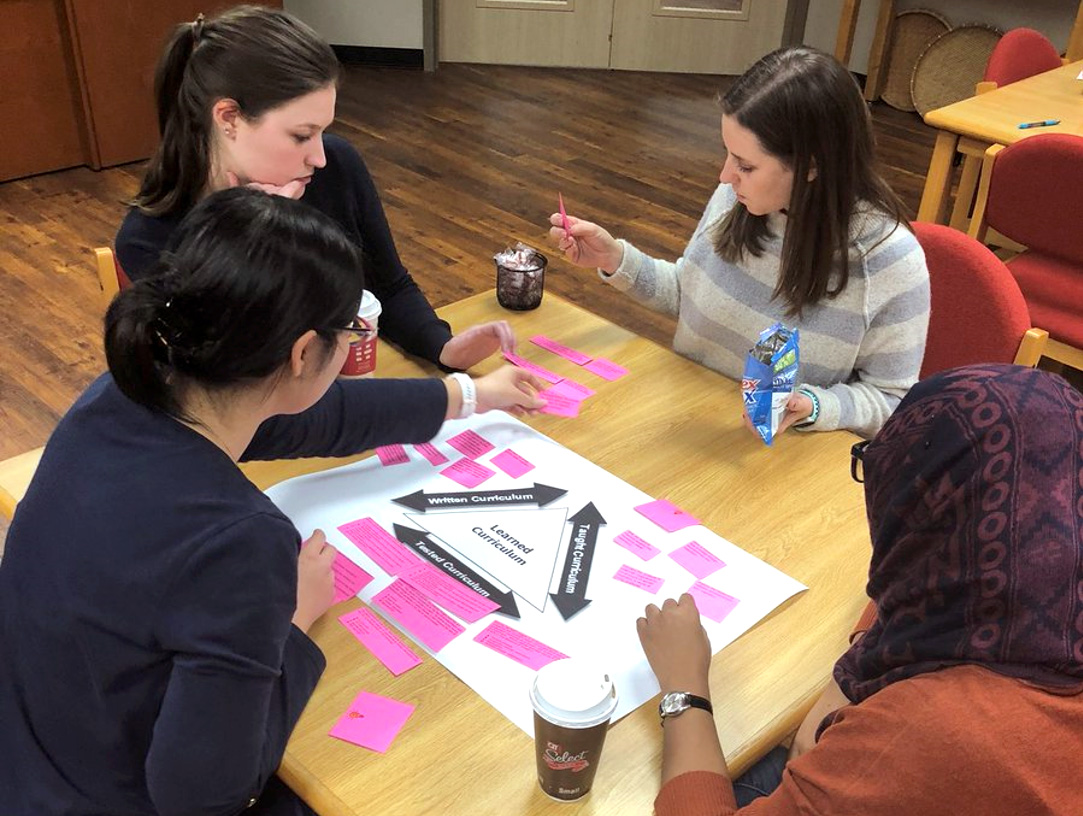Instructionally aligned lessons are central to effective teaching

The induction of teacher educators
February 14, 2018
Teacher Educators as Researchers: Two stories
March 7, 2018Instructionally aligned lessons are central to effective teaching

The three functions of assessment in teacher education presented by Smith and MacPhail in the InFo-TED assessment building block posed on the InFo-TED website are interconnected. That is:
(i) a teaching graduate being professionally competent requires knowledge and skill in using assessment effectively as part of the teaching and learning process
(ii) drawing on their own experiences with assessment during teacher education allows teaching graduates to ‘live’ assessment and identify positive and negative aspects they encountered
(iii) becoming formative and summative assessors of student learning will ultimately impact the quality and strength of that learning.
Teaching for student learning should be at the core of any education system. In my view, if teaching is going to produce deep and worthwhile learning, teachers must develop the expertise to help students achieve success through the design of instructionally aligned programmes and lessons. Teachers must be able to identify appropriate learning goals, develop formative and summative assessments that match those goals, and teach in challenging and exciting ways that match the learning goals and assessments. In other word, as Cohen (1987) suggests, meaningful learning is achieved through teaching that reflects an alignment between learning goals, assessments that provide evidence of students reaching those goals, and the instructional practices employed to facilitate students achieving success.
In my view, it is the responsibility of teacher education to help teaching graduates become skilled at designing and implementing instructionally aligned lessons to produce student learning. These graduates must know (i) what they want students to know and be able to do, (ii) determine how student learning will be determined so both the teacher and the student will know when success is being or has been achieved, and (iii) they must teach students in exciting and challenging ways providing learning experiences that allow practice and application of learning.
Wiggins and McTighe (1998) proposed a planning process which they referred to as backward design that begins with the end in mind, i.e., the goals, what students will learn. Once what students will learn has been identified, then teacher planning moves to assessment and how students might demonstrate their learning. And finally, in order for student learning to progress, the teaching strategies and learning experiences that will most effectively facilitate learning and allow student achievement of these goals are designed. Lambert (2000) uses the metaphor of a three-legged stool to describe this planning process. She suggests that there must be stability among each of the legs of the stool. If any one of the three legs is too short the stool will be wobbly. If any leg is missing the stool will fall over. This suggests that all three legs must be present to create balance as with the concept of instructional alignment. That is, learning goals, assessment of learning, and instruction must all match.
Often, teachers misalign what they want students to learn, how they assess them on that learning, and the methods and experiences they design for students to practice.
 When teachers overlook any one of the three legs of the stool (learning goals, assessments, or learning experiences) a misalignment in the teaching and learning process occurs resulting in student learning being diminished.
When teachers overlook any one of the three legs of the stool (learning goals, assessments, or learning experiences) a misalignment in the teaching and learning process occurs resulting in student learning being diminished.
As we focus on each of the legs of the stool we must be cognizant that all learning does not have to be demonstrated in the same way. Just as all students learn differently, so do they demonstrate learning in various ways. It is up to the teacher to provide opportunities for students to learn in ways that are effective for them and demonstrate their success, their competence, and their level of achievement in ways that are responsive to individual students. Most importantly, as Wiggins (2011) notes, assessment is central to instruction, it is not an add-on. If the assessment is a quality challenging measure of what students were taught and what they have been striving to master and apply, then teachers should teach toward the assessment.
References
Cohen, S. A. (1987). Instructional alignment: Searching for a magic bullet. Educational Researcher, 16(8), 16-20.
Lambert, L. (2000) The New Physical Education. Educational Leadership, 57(6), 34-38.
Wiggins, G., & McTighe, J. (1998). Understanding by design. Alexandria, VA: Association of Supervision and Curriculum Development.






